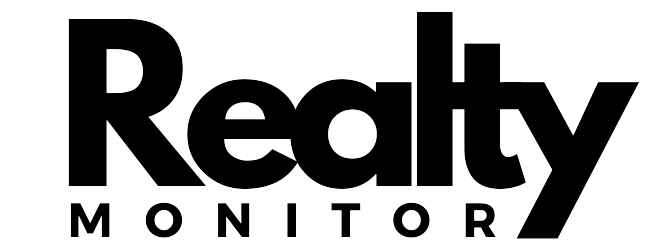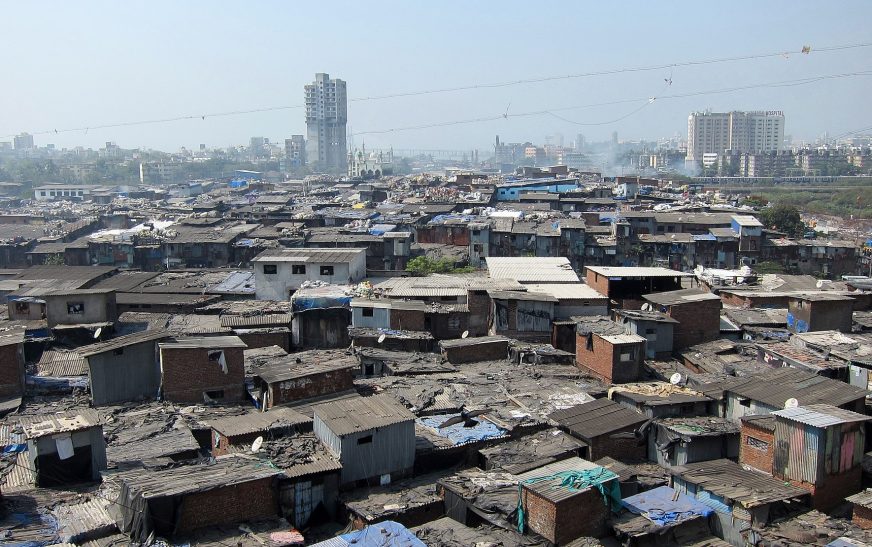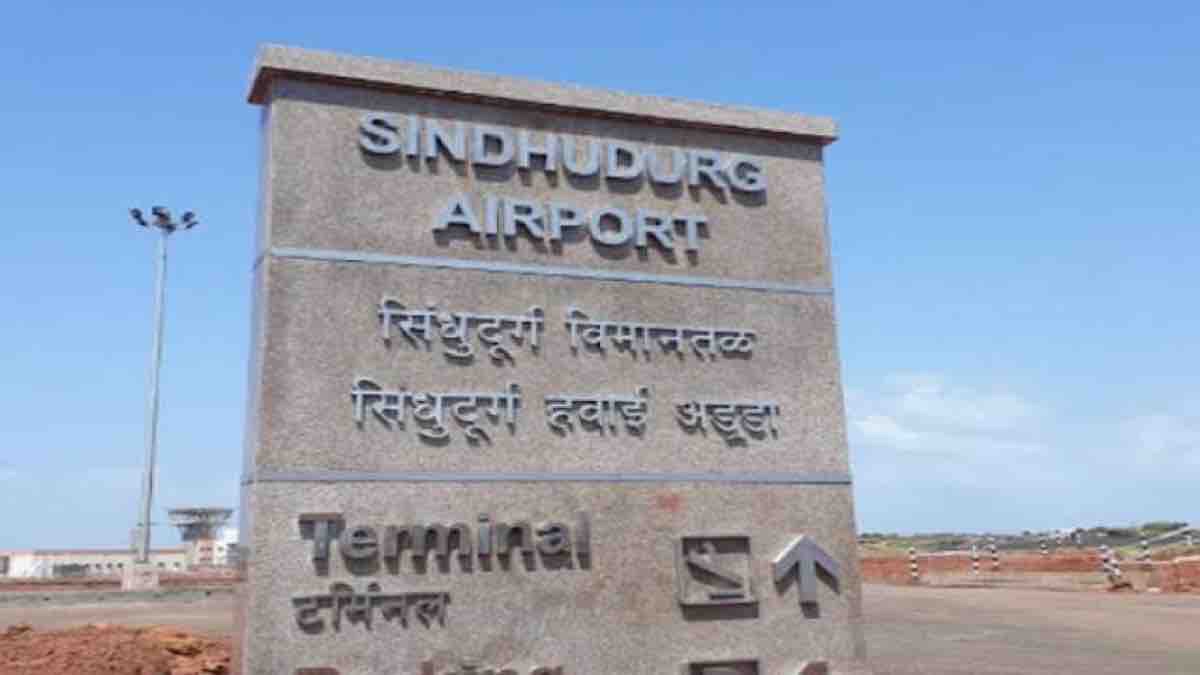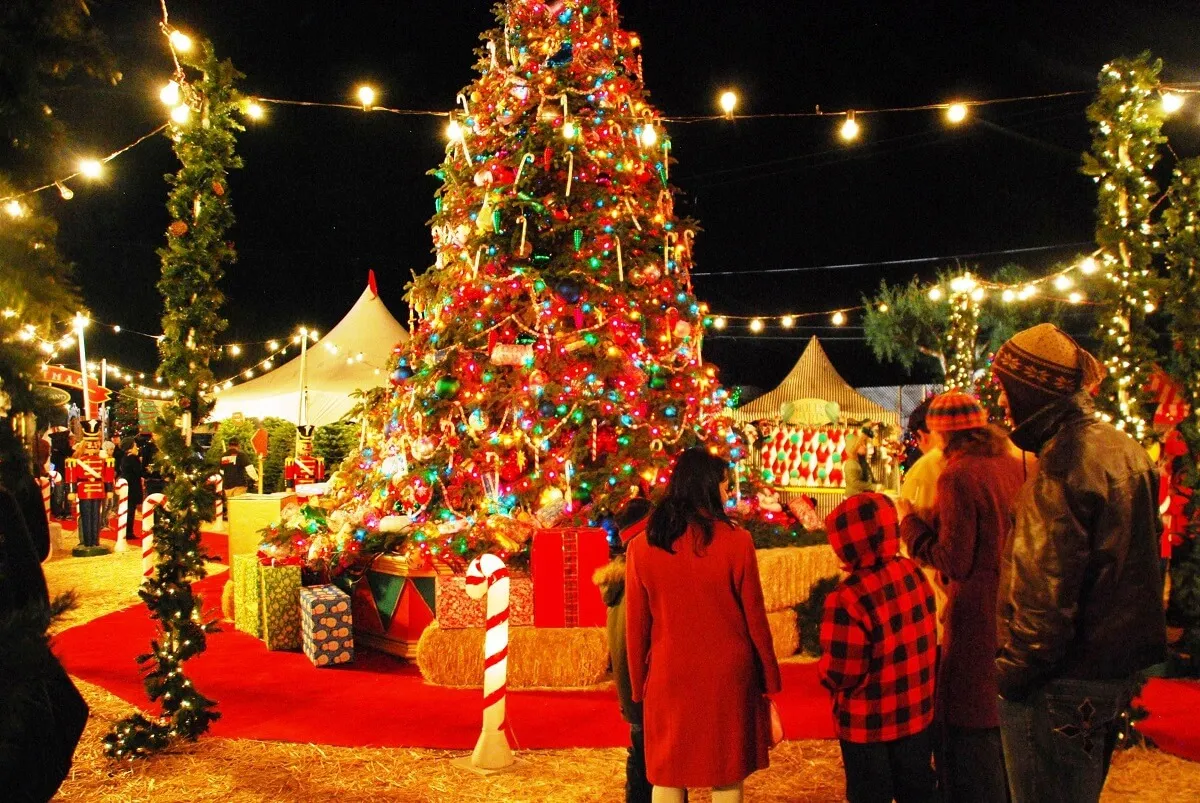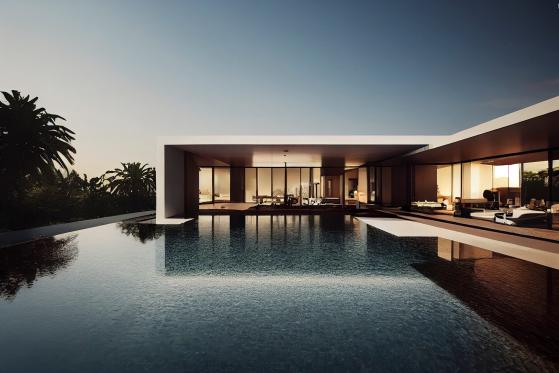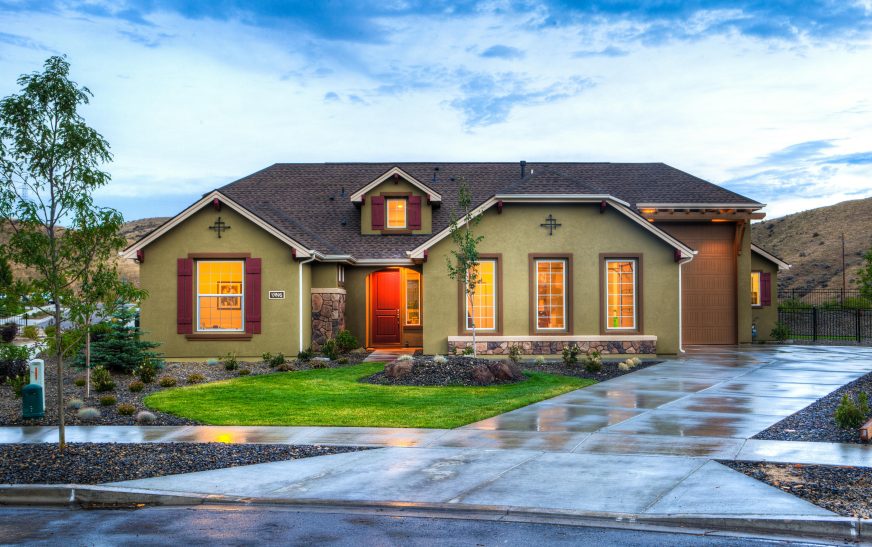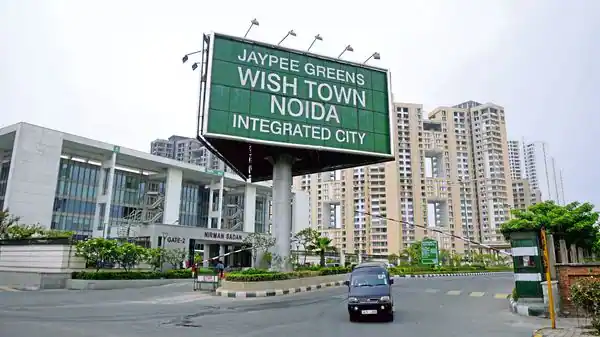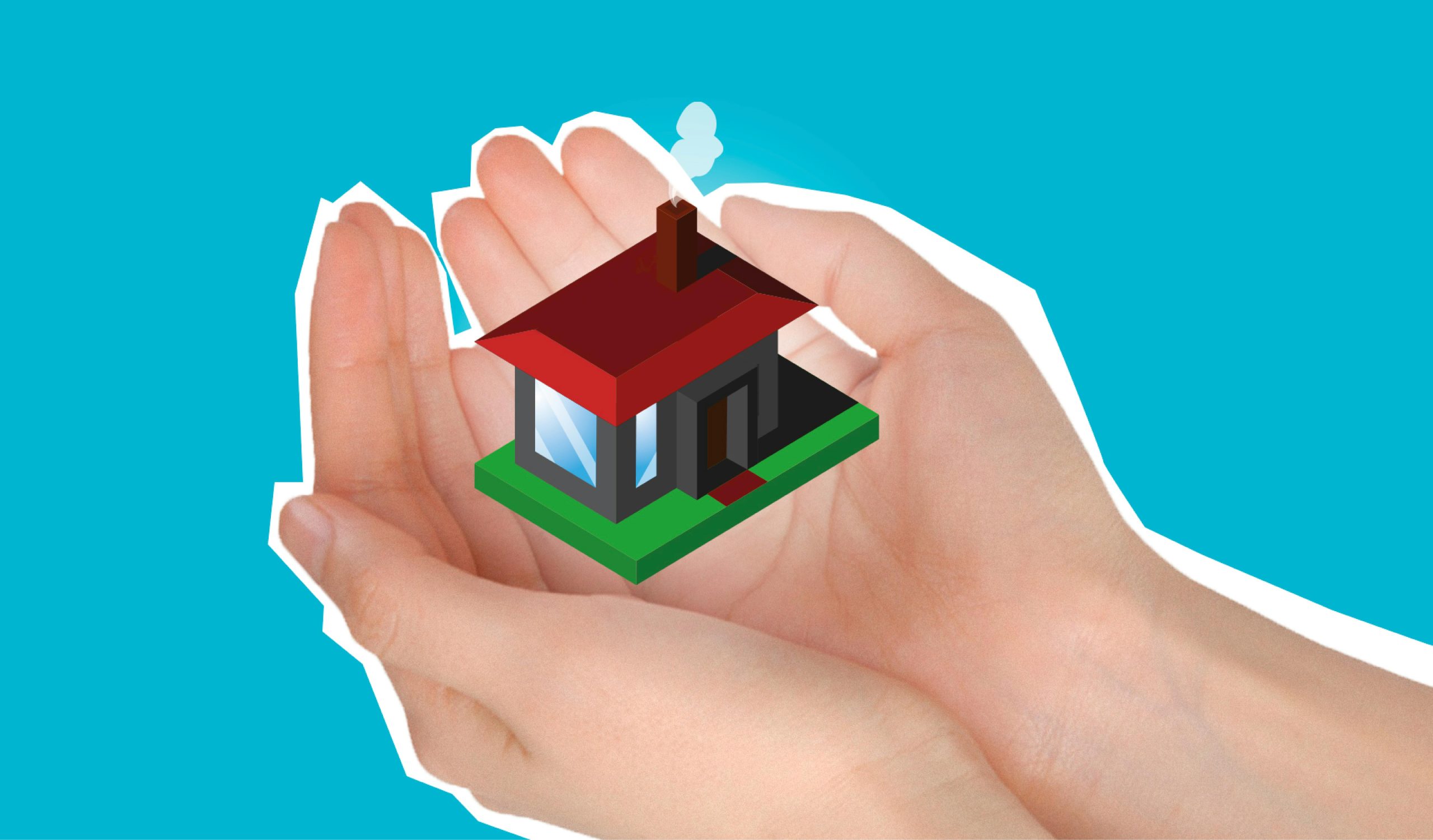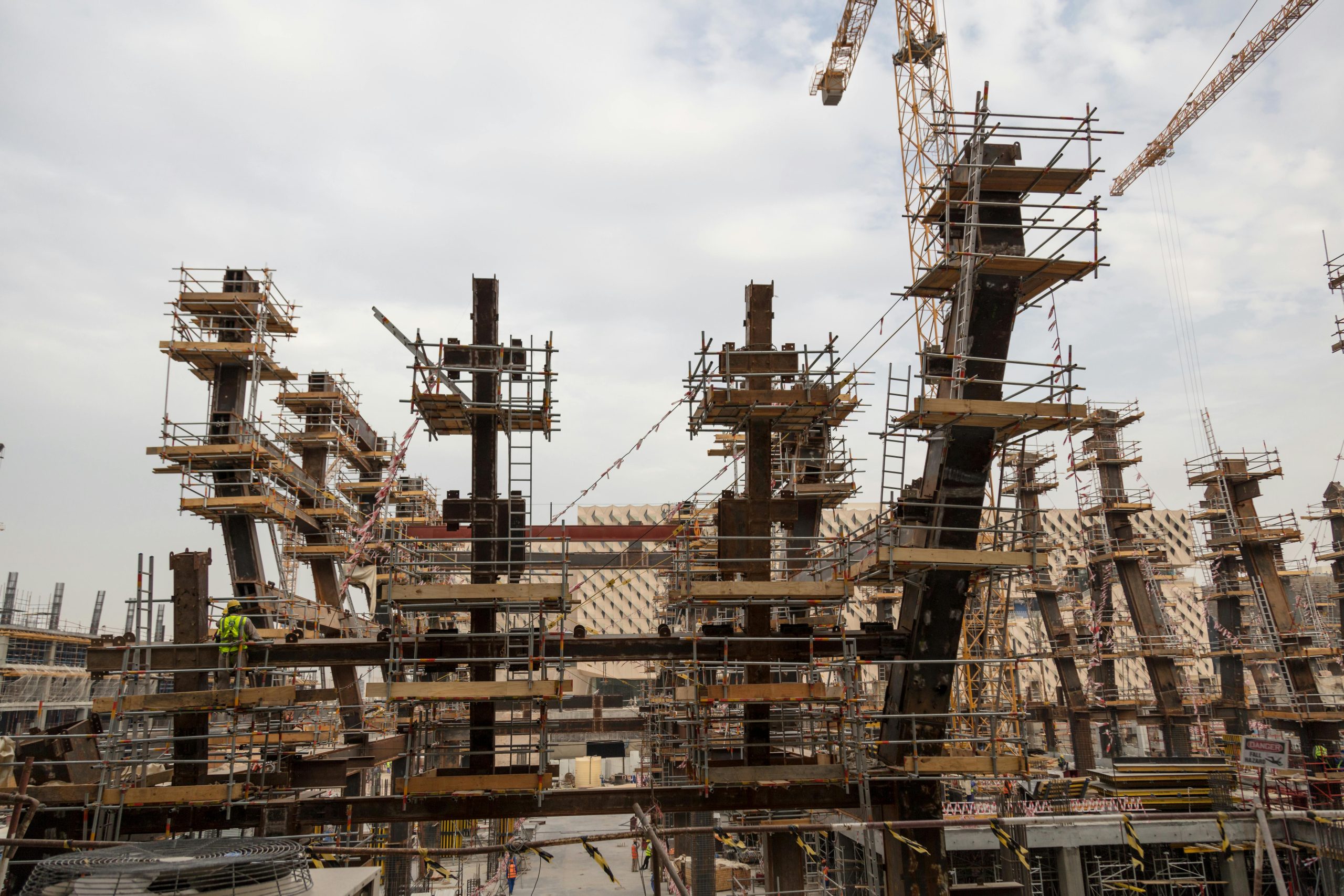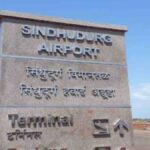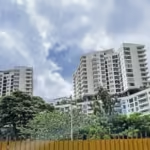The Dharavi redevelopment project has requested 15 acres of land in Bandra Kurla Complex (BKC) from the Mumbai Metropolitan Region Development Authority (MMRDA) on a five-year lease. This land is intended to serve as a temporary relocation site for residents and businesses displaced during the redevelopment of one of Asia’s largest slums. The article explores the details and implications of this request for both the Dharavi project and the BKC area.
Mumbai, India – In a significant move aimed at facilitating the massive Dharavi redevelopment project, the project developers have approached the Mumbai Metropolitan Region Development Authority (MMRDA) with a request to lease 15 acres of land in the prestigious Bandra Kurla Complex (BKC) for five years. This land will be used as a temporary relocation site for residents and businesses displaced by the redevelopment efforts.
Dharavi, often referred to as one of Asia’s largest slums, is set for a major transformation under an ambitious redevelopment plan that aims to provide modern housing and improved infrastructure to its residents. The project, estimated to cost several billion dollars, has faced numerous challenges, including the need to temporarily relocate thousands of people and businesses during the construction phase.
The request for land in BKC, one of Mumbai’s prime commercial and business districts, underscores the scale and complexity of the Dharavi redevelopment project. The developers argue that securing a temporary relocation site within a well-connected and developed area like BKC will ensure minimal disruption to the lives and livelihoods of those affected.
“We believe that leasing land in BKC will provide a stable and accessible location for temporary housing and business operations,” said a spokesperson for the Dharavi Redevelopment Authority. “This will help us maintain continuity and support the community during the transition period.”
The MMRDA is currently reviewing the request. If approved, the land in BKC would be developed to accommodate temporary housing, schools, healthcare facilities, and small businesses displaced from Dharavi. This setup aims to provide a semblance of normalcy and ensure that essential services remain accessible to the relocated population.
The proposal has received mixed reactions from stakeholders. While many see it as a necessary step to advance the long-delayed redevelopment project, others have raised concerns about the feasibility and impact on BKC, a bustling commercial hub.
“Using prime commercial land in BKC for temporary relocation may present logistical challenges and affect ongoing business activities,” noted an urban planning expert. “However, it could also demonstrate the government’s commitment to ensuring the well-being of Dharavi’s residents during the redevelopment process.”
The Dharavi redevelopment project is seen as a crucial initiative to improve living conditions and economic opportunities for one of Mumbai’s most underserved communities. By providing modern amenities and infrastructure, the project aims to transform Dharavi into a vibrant urban area.
As the MMRDA deliberates on the request, the outcome will be closely watched by various stakeholders, including residents, developers, and urban planners. The decision will not only impact the future of the Dharavi project but also set a precedent for how large-scale urban redevelopment initiatives can balance the needs of development with those of affected communities.
In conclusion, the Dharavi redevelopment project’s request for 15 acres of land in BKC on a five-year lease highlights the challenges and complexities of urban redevelopment in densely populated areas. The MMRDA’s decision will play a critical role in shaping the project’s trajectory and ensuring a smooth transition for Dharavi’s residents and businesses.
